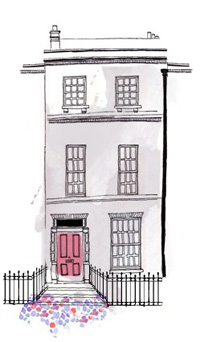Your tenancy agreement
Your tenancy agreement is between you and your landlord. It is legally binding, so do read it carefully, make sure you understand and agree with everything in it, and get professional advice before you sign it.
Tenancy agreements typically cover the following:
- property address
- length of tenancy, including start and finish dates
- agreed deposit and where it is to be held
- agreed rent and when it is to be paid
- rights and responsibilities of both parties
You can ask to make additions or alterations to the document, but these will need to be approved by the landlord and, in some cases, the people holding the mortgage on the property.
First payment
When you sign your tenancy agreement, you will also pay your deposit, make your first rental payment and pay any other outstanding monies.
Inventory
Your landlord should give you a comprehensive inventory, completed by an independent inventory company. This inventory should list the contents and condition of everything that comes with the rental property.
As soon as you get the inventory, please check it. You only have seven days to tell your landlord if anything on it is incorrect.
An inventory check-out will be carried out at the end of your tenancy. This inventory will be compared to the condition of the property as detailed on the original inventory.




